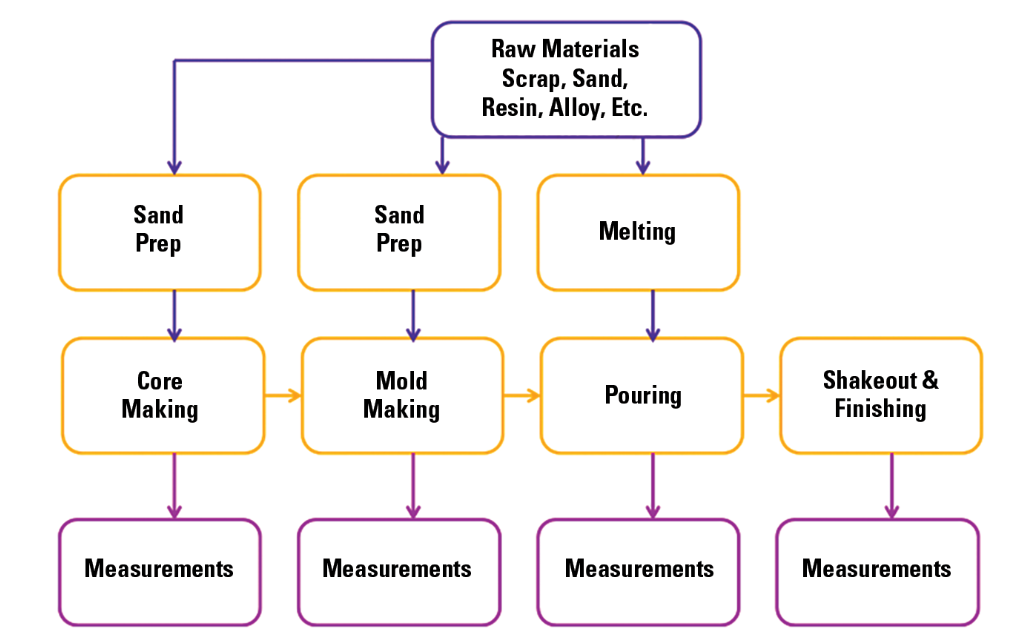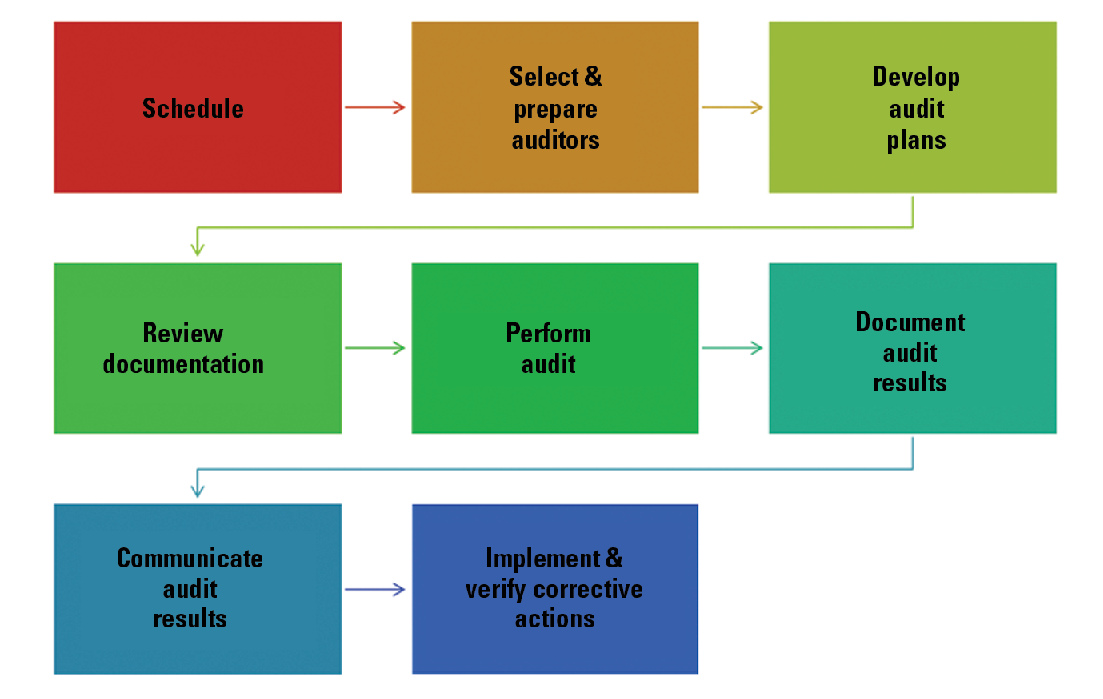Casting Supplier Auditing Q&A
Before partnering with a casting supplier, it is important to determine whether they meet your expectations. Companies can use supplier auditing to eliminate or prevent problems in their supply chain before they occur.
Q: Why are audits necessary?
A: The need for an audit can come at different times during a supplier relationship. The obvious time for an audit is when vetting a new supplier, but other instances could be when specific issues have come up that need to be addressed, or if significant organizational or management changes have occurred at the supplier. Every audit will have a different purpose or objective, depending on the situation, and should be customized appropriately.

For example, if the reason for the audit is a general or product-specific quality problem, then the objective would be to find the cause of the problem. If the reason is to investigate and report on the management systems of a new supplier, then the objective is to determine supplier capabilities to effectively control their processes and implement corrective actions. In another example, in routine, surveillance audits performed as part of a quality assurance program, the objective is to verify the casting supplier is maintaining a high-quality standard.
Q: How frequently should casting supplier audits be conducted?
A: Suppliers are audited to insure processes adhere to a defined quality standard, (internal/external requirements). Critical suppliers are typically audited yearly, while suppliers with poor quality metrics are audited more frequently. Following the audit, organizations use the results to identify process, training, or documentation issues that affect their suppliers’ quality metrics.
Q: What does an audit entail?
A: Proper planning is critical to the success of a casting supplier audit. It might seem basic, but the following details should be determined well in advance for an effective, efficient audit:
- Audit dates, time, and place.
- Scope, objectives, and criteria.
- Name of the person who will lead the audit.
- Roles and responsibilities of audit team members.
- Processes to be included in the audit.
Types of resources and documents needed from the process owner, (control plan, work instructions, job descriptions, quality policy and manual, requirements, procedures).
The auditing team should create a checklist of information needed and provide the checklist to the casting supplier prior to the scheduled audit. This checklist has multiple purposes. It identifies the scope of the audit, provides a structured list of points to examine, and is a vehicle for documenting the audit results. A checklist also acts as a guide during the course of the audit and helps control its pace throughout the process.
The auditing process should include some time for in-person interviews at the supplier. During the interviews, auditors should remember to use open-ended questions and tell-me, show-me questions to illicit the most thorough responses. With tell- me, show-me questions—the auditor asks a person how to do a job requirement and then asks them to show how to do that same job requirement. The results of tell-me, show-me questions should be the same, but that is not always the case.
Q: What is the lead auditor’s role?
A: The company conducting the audit should designate a lead auditor to manage the overall process, including communication with the casting supplier. He or she will assemble the team and coordinate the supplier, manage and communicate any changes to the audit plan, and work with the supplier to gather all the required documents, such as control plan, work instructions and PFMEA (process failure mode effects analysis). All findings and nonconformities should be reviewed by the lead auditor to ensure they are clear and valid. The lead auditor is also responsible for ensuring the audit proceeds on schedule and is conducted professionally, and when necessary, resolves conflicts.
Q: What requirements are typically involved in an audit?
A: The following information and programs can be reviewed during a supplier audit:
- Contract Review.
- Management Commitment.
- ISO Certification.
- Training Programs.
- Short and Long-Term Improvement Plans.
- Continuous Improvement
- Techniques.
- Safety Programs.
- Shop Equipment Condition.
- New Job Start-up Methods.
- Material and Production Flow (Fig. 1).
- Testing Techniques/Capabilities.
- Preventative Maintenance Programs.
- Workforce.
- Value Added Services.
- OEM Requirements.
Q: What information is included in the report of an audit’s findings?
A: The results of the audit should be communicated clearly, in writing, with the supplier. Points to include are a description of the experience, questions asked and their answers, observations made, and nonconformities found. Nonconformities are instances where requirements are not met. Causes for nonconformity include:

- Procedures do not comply with the standard.
- Procedures are not effectively implemented.
- Inadequate training.
- Inadequate resources.
- Little or no management support.
When reporting key points in the audit, as much detail as possible should be provided, including the requirement (what should occur), the actual condition, and the evidence, such as procedure, record or location.
Q: When is an audit complete?
A: The auditing process is not done after the visit to the supplier is over and all the documentation has been collected. It begins with scheduling the audit and ends when the results of the audit have been communicated to the supplier and any required corrective actions have been implemented and verified (Fig. 2). Corrective actions are taken to eliminate the causes of a nonconformity, defect or other undesirable situation in order to prevent recurrence.
The critical step in a supplier audit is implementing and verifying the corrective actions. It is the supplier’s responsibility to determine and implement actions suitable to eliminate causes of nonconformities. The auditor verifies whether the implemented actions eliminated the nonconformance. Without this step, the audit has not fulfilled its objective.
Click here to see this story as it appears in the March/April 2019 issue of MCDP.